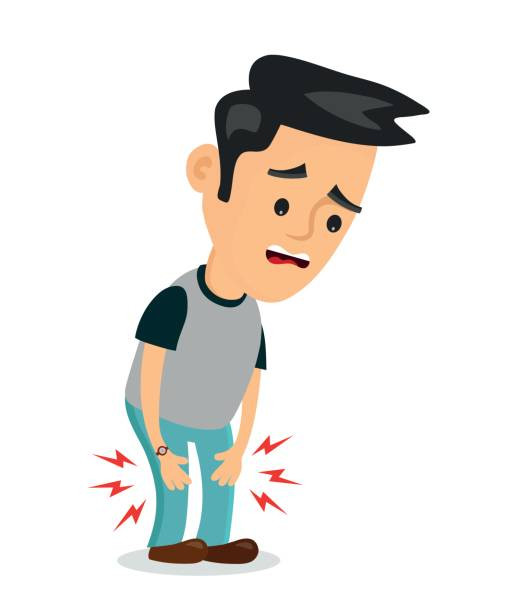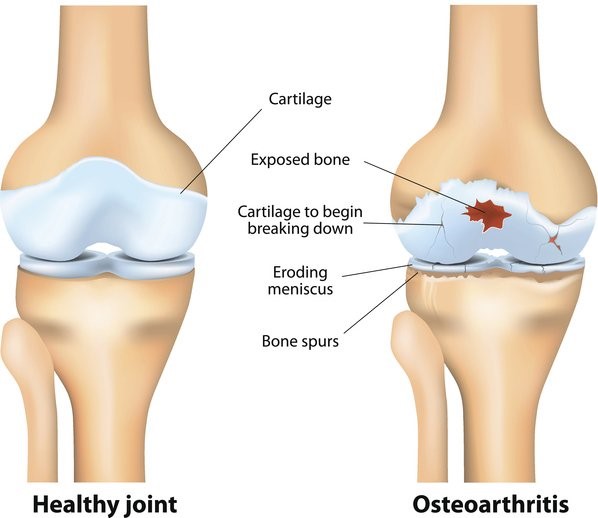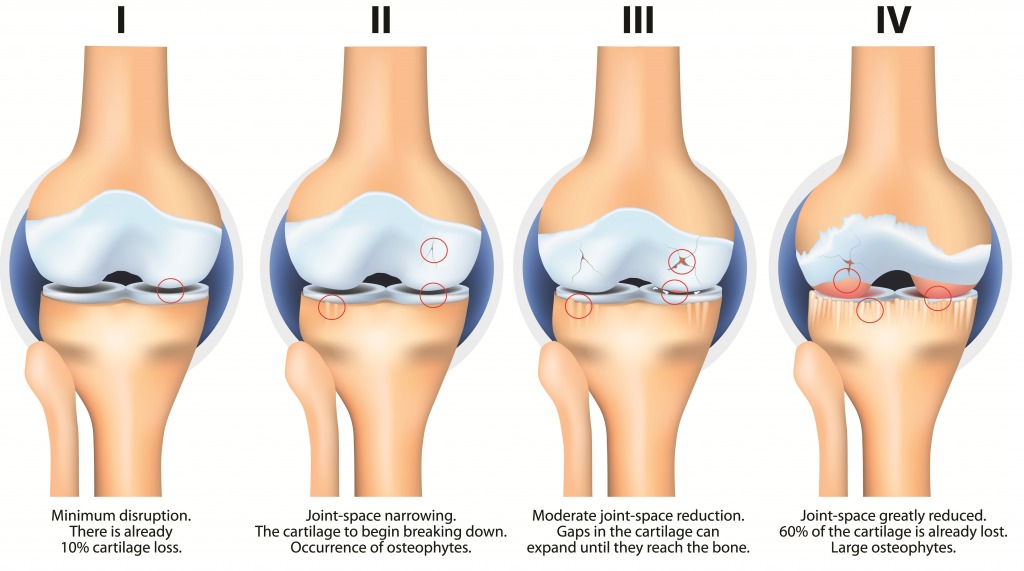- Customer Care +91 8800900271
- About Us
- Contact Us
- Sell Your Brand
- International Orders
- Disease
- Homoeopathy
- Willmar Schwabe Germany
- SBL
- REPL
- Dr. Reckeweg
- Willmar Schwabe India
- Bakson's
- Hapdco
- Lords
- Allen
- B Jain
- Adven
- Dr. Wellmans
- Indo German
- Medisynth
- Wheezal
- Adel
- HSL
- New Life
- Bioforce
- JVS
- Hahnemann Laboratory (HL) Calcutta
- Bios Laboratory (BL)
- Parul Homoeo Laboratories (PHL)
- Allen Calcutta
- Bhandari
- Dr. Bhargava
- PHBL
- SSL
- Dr Vijay's
- Natcure
- Kent Pharmaceuticals
- Similia
- Ralson
- St. George
- SHL
- Burnette's Homoeopathy
- Purusottam Homeo Bikas Laboratory (PHBL)
- Father Muller Pharmaceuicals
- National Homoeo Laboratory
- EL Dr. Lal Singh Expertise
- Dr Patel's
- Bangalore Bio-Plasgens (BBP)
- Boericke Research Laboratory (BRL)
- Ayurveda
- Unani
- Health & Fitness
- Books
- Veterinary
- Online Consultation
- International Orders


Osteoarthritis- Joints Snap, Crackle and Pop like box of Rice Krispies !

- By: Dr Preeti Kumari
- Profession: BHMS
- Category: Homoeopathy
- Dec 01, 2020
Osteoarthritis is also called as degenerative joint disease. It is a disorder characterized by progressive deterioration and loss of articular cartilage accompanied by proliferation of new bone and soft tissue in and around the joint involved.

- Weight bearing joints e.g. knee and hip joints
- Age>65 years
>80% have radiological features
>25-30% have clinical features
- More common in women
- Familial tendency
- Primary/idiopathic: When there is no obvious predisposing factor. Common form of OA.
- Secondary: When degenerative joint changes occur in response to a recognizable local or systemic factor.
- Family history and genetics
- Old age
- Gender
- Obesity
- Occupation
- Trauma
- Repetitive and overuse of joints as in sports, miners, etc.
- Hormonal as estrogen deficiency, aromatase inhibitors
The pathogenesis of OA involves a degradation of cartilage and remodeling of bone due to an active response of chondrocytes in the articular cartilage and the inflammatory cells in the surrounding tissues.
The release of enzymes from these cells break down collagen and proteoglycans, destroying the articular cartilage. The exposure of the underlying subchondral bone results in sclerosis, followed by reactive remodeling changes that lead to the formation of osteophytes and subchondral bone cysts. the joint space is progressively lost over time.

OA can affect almost any joint but usually occurs in weight bearing and frequently used joints such as the knee, hip, spine, and hands
- Use-related pain affecting one or a few joints (rest and nocturnal pain less common)
- Stiffness after rest or in morning may occur but is usually brief (<30 min)
- Loss of joint movement or functional limitation
- Joint instability
- Joint deformity
- Joint crepitation (“crackling”)
- Chronic monoarthritis or asymmetric oligo/polyarthritis
- Firm or bony swellings of the joint margins, e.g., Heberden’s nodes (hand DIP) or Bouchard’s nodes (hand PIP)
- Mild synovitis with a cool effusion can occur but is uncommon
- Crepitance-audible creaking or crackling of joint on passive or active movement
- µcompartments resulting in varus or valgus deformities
- Restriction of movements, e.g., limitation of internal rotation of hip
- Objective neurologic abnormalities may be seen with spine involvement
- Routine lab work usually normal.
- ESR usually normal but may be evaluated in pts who have synovitis.
- Rheumatoid factor, ANA studies negative.
- Joint fluid is straw- colored with good viscosity; fluid WBCs (<1000µL); of value in ruling out crystal-induced arthritis, or infection.
- Radiographs may be normal at first but as disease progress may show joint space narrowing, subchondral bone sclerosis, subchondral cysts, osteophytes.
- Aconite Nap: This remedy may helpful for pain and inflammation that comes suddenly after exposure to cold wind and weather. the person is likely to feel fearful, panicked, or agitated.
- Rhus Tox: Hot, painful swelling of joints. Pain tearing in tendons, ligaments and fasciae. Limbs stiff, paralyzed. The cold fresh air is not tolerated; it makes the skin painful. This relives muscular and articular pains at the beginning of motion, and then improved by slow motion.
- Ledum Palustre: The ledum rheumatism begins in the lower limbs, and travels upward. Joint swollen, pale and painful. Cracking in joints; worse warmth of bed. There is general, of animal heat and yet heat of bed is intolerable.
- Ruta Graveolens: Spine and limbs feel bruised. Lumbosacral region and loins painful. Pain and stiffness in wrist and hands. tendons sore. Thighs pain on stretching the limbs. Worse, lying down, from cold, wet weather.
- Benzoic Acid: Joints crack on motion. Tearing with stitches. Pain and swelling in knees. Pains suddenly change their locality. Worse, in open air; by uncovering.
- Actaea Spicata: It is a rheumatic remedy specially of small joints. Tearing and tingling pain in joints. Swelling of joints from slight fatigue. Wrist swollen, red, worse any motion. Paralytic weakness in the hands. Lame feeling in hands.
- Causticum: This relieves joint pain and arthritis pain with stiffness and feeling that tendons are too short
- Calcarea Carbonicum: This remedy is often useful for arthritis in a person who is chilly, flabby, or overweight and easily tired by exertion. Inflammation and soreness are worse from cold and dampness, and weakness or cramping in the extremities are often seen.
Get the Latest Updates Blog
 Click here to Pay
Click here to Pay

Please send the screenshot at 880 090 0271

